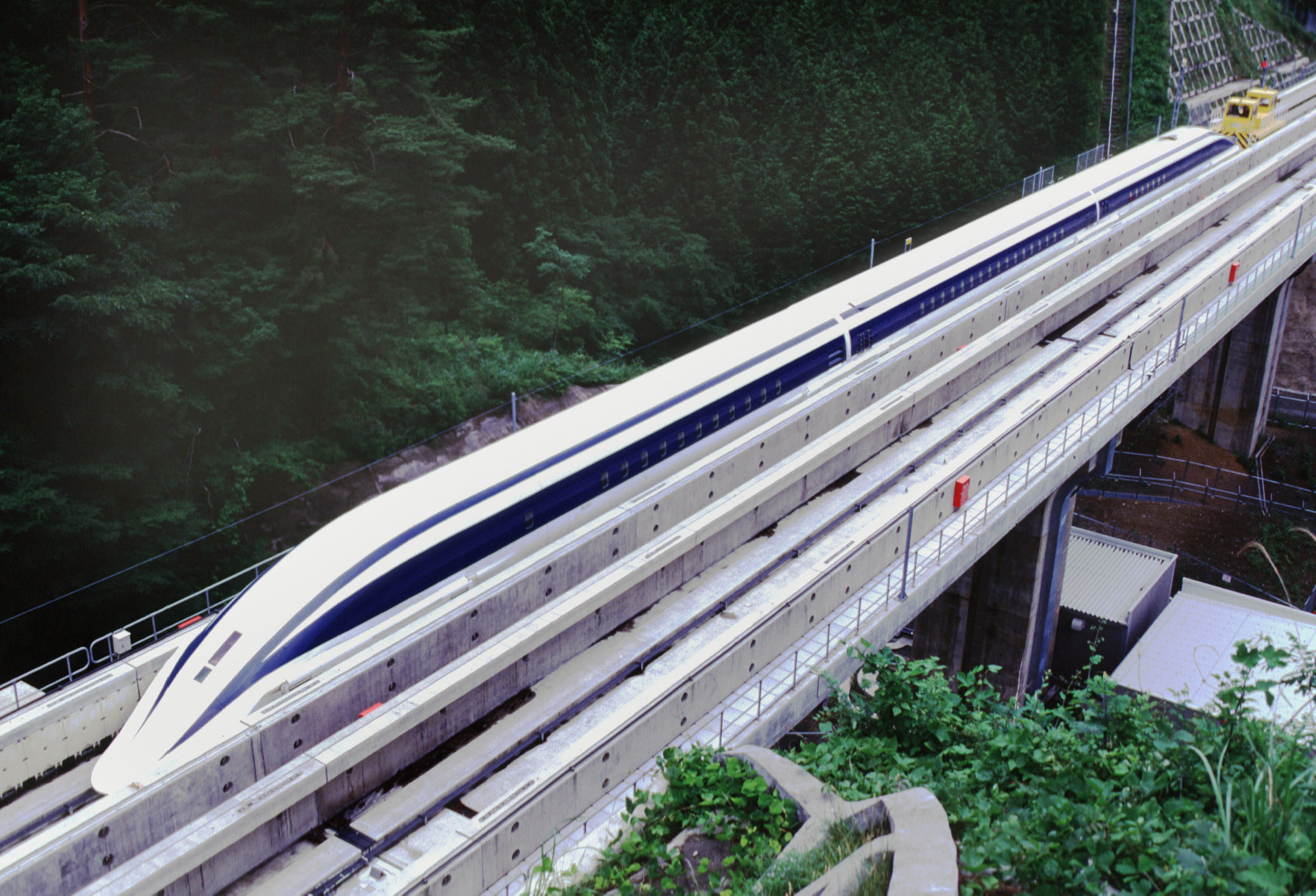US Pulls Back from Maglev Race as China Dominates High-Speed Rail Technology

A Shift in Strategy: The US Abandons Maglev Dreams
In a surprising move that highlights the rapidly evolving landscape of high-speed transportation, the United States has effectively abandoned its plans to develop magnetic levitation (Maglev) train technology. This decision comes as China continues to make significant strides, establishing itself as a global leader in this cutting-edge field.
The Rise of Chinese Maglev
China's commitment to Maglev technology is undeniable. The country boasts the world's first commercial Maglev line, connecting Shanghai and Pudong airport. More impressively, China has achieved remarkable speeds with its Maglev test lines. Recent trials have pushed speeds beyond an astonishing 620 miles per hour (approximately 1,000 km/h) – significantly faster than many commercial airplanes. This demonstrates a level of technological advancement that is attracting global attention and prompting a reassessment of high-speed rail strategies worldwide.
A History of US Interest and Subsequent Retreat
The US has flirted with Maglev technology for decades. Early proposals included ambitious plans for a high-speed line connecting Washington D.C. and Baltimore. However, these projects faced numerous hurdles, including significant funding challenges and concerns about cost-effectiveness. While Japan has also been a pioneer in Maglev development since 2002, China's aggressive investment and rapid progress have arguably eclipsed efforts elsewhere.
Why the US Shift?
Several factors likely contributed to the US decision to abandon Maglev development. The sheer cost of building and maintaining Maglev infrastructure is a major deterrent. Conventional high-speed rail, while not as fast as Maglev, offers a more financially viable option. Furthermore, the US already has an extensive rail network, and upgrading existing lines may be seen as a more practical and cost-effective approach to improving transportation infrastructure.
Implications for the Future of Transportation
The US retreat from Maglev signifies a broader shift in the global high-speed transportation landscape. China's dominance in this area could have far-reaching consequences, potentially influencing future infrastructure investments and technological development worldwide. While the US may have stepped back from the Maglev race, the pursuit of faster, more efficient transportation continues, and the competition to shape the future of travel is far from over.
Looking Ahead: China's Continued Innovation
China is not resting on its laurels. Plans are underway for even more ambitious Maglev projects, including a high-speed line connecting Shanghai and Hangzhou. With continued investment and innovation, China is poised to remain at the forefront of Maglev technology, setting the standard for high-speed rail around the globe.






